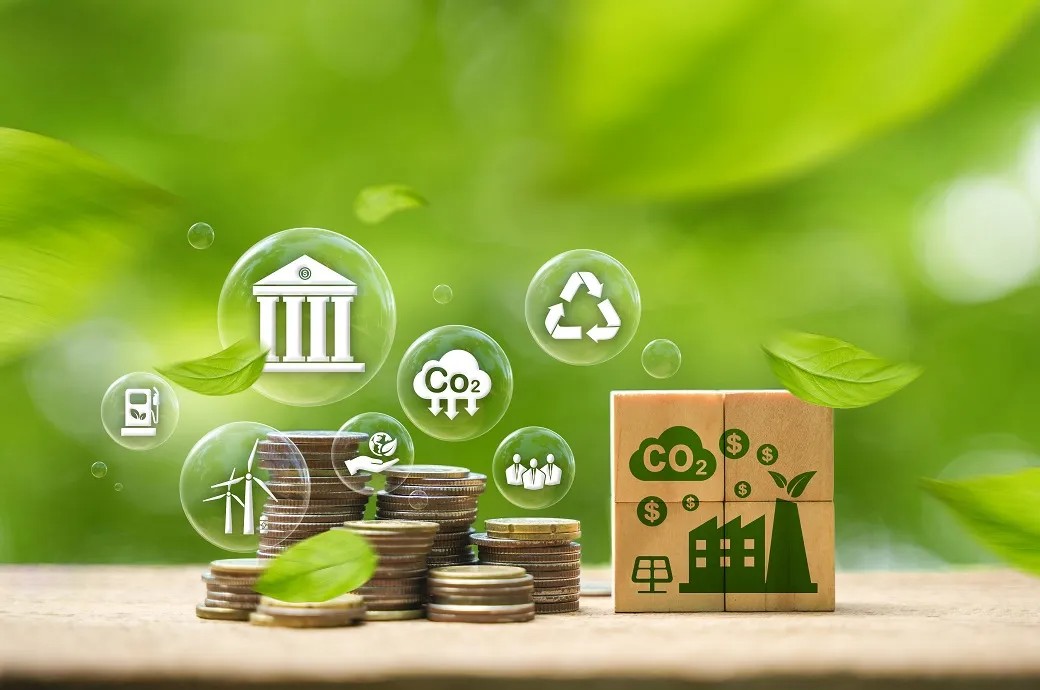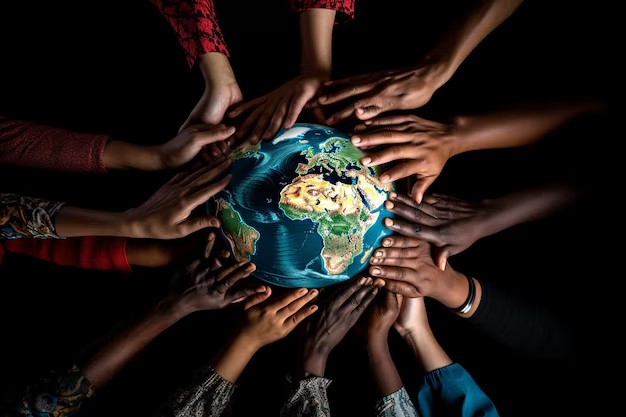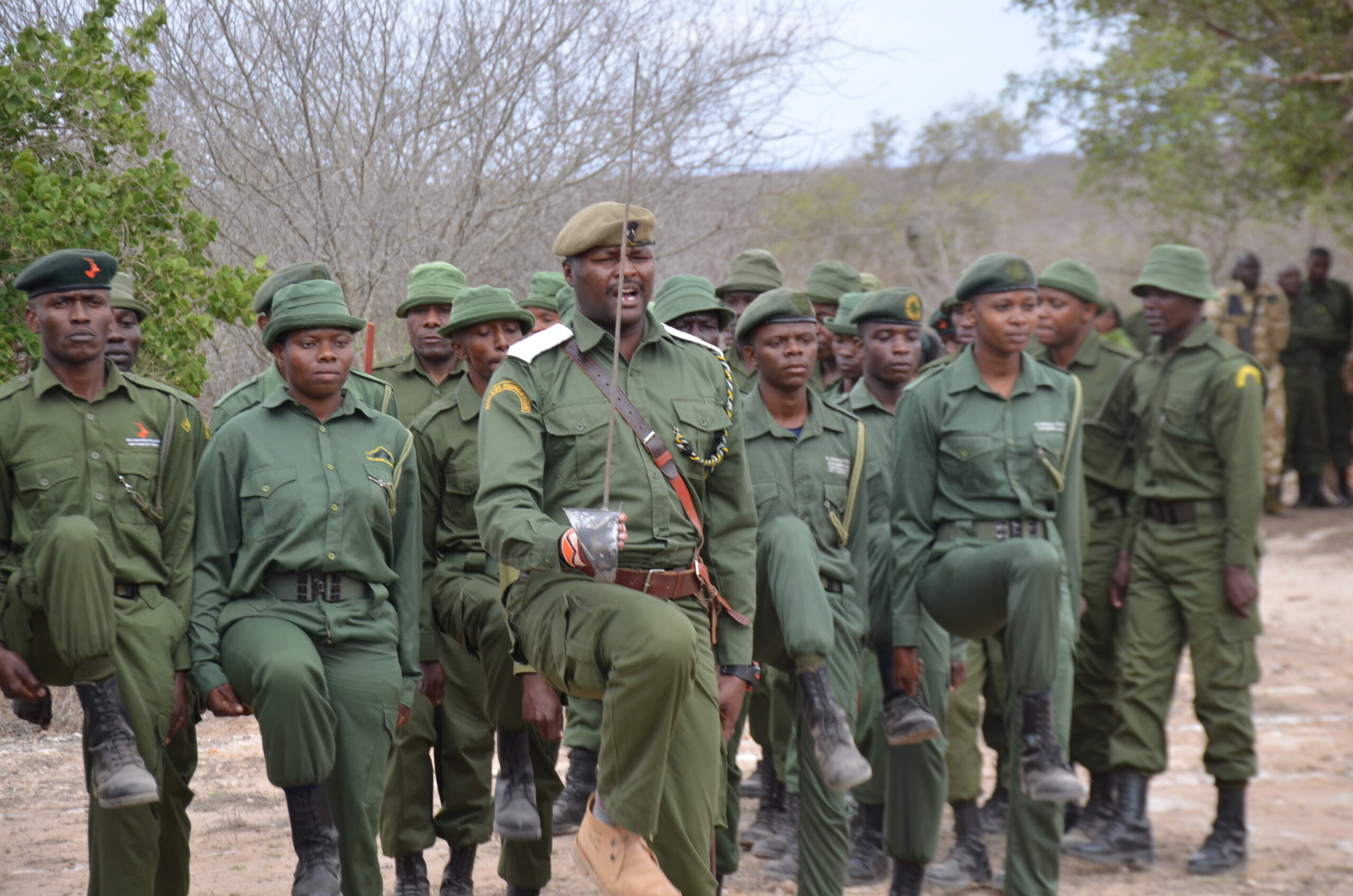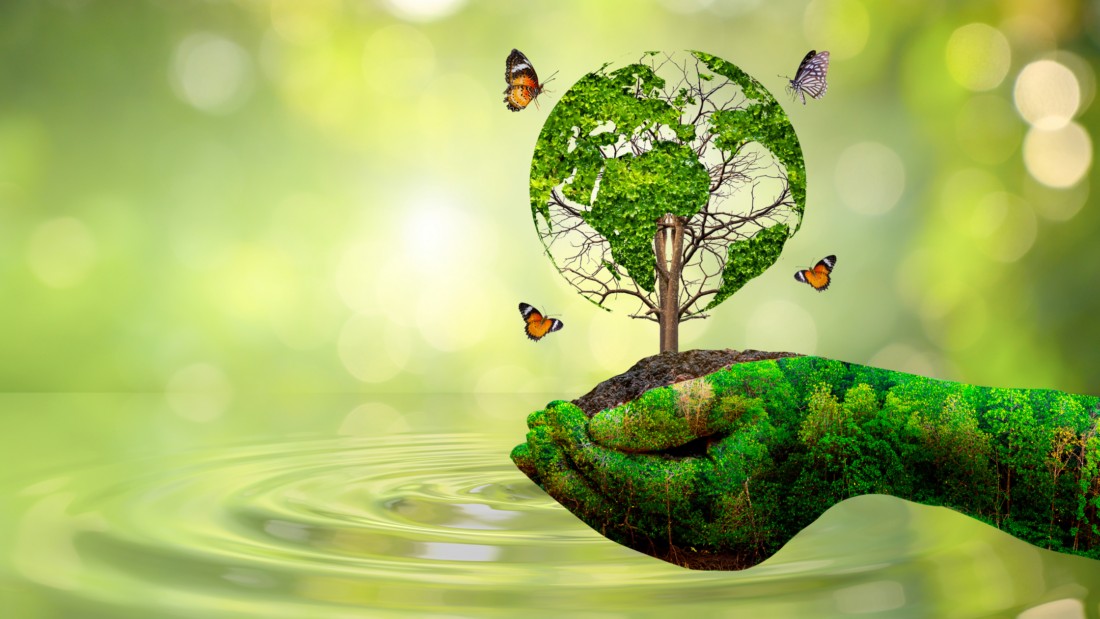- As the world shifts towards greener economies, understanding carbon markets is no longer just for scientists and policymakers.
- It’s something we all need to grasp—because the way we treat our environment is becoming a matter of dollars, sense, and survival.
Imagine if polluting the planet came with a bill—and cleaning it up earned you money. That, in simple terms, is the idea behind the United Nation (UN) Carbon Market.
It’s one of the world’s key strategies to fight climate change, and it could become a big opportunity for countries like Kenya. But what exactly is it, and how does it work?
Simply put, at the heart of the UN Carbon Market is a basic idea: countries, companies, and even individuals should pay for the carbon dioxide (CO₂) they release into the atmosphere. The more you pollute, the more you pay.
On the flip side, if you help reduce pollution—say, by planting trees or using clean energy—you can earn money by selling those “savings” as carbon credits. These credits can then be bought by someone else who wants to cancel out their own emissions.
There are two kinds of carbon markets. The first is known as the compliance market. This is regulated by governments and international bodies like the United Nations. Countries use it to meet their climate pledges under the Paris Agreement. If one country emits more than it promised, it can buy carbon credits from another that emitted less.
Read More
The second is the voluntary market, where companies buy credits on their own to appear more environmentally friendly or meet their sustainability goals. For example, an airline might pay to protect a forest in Kenya to "offset" the emissions from its flights.
The UN plays a central role in all of this by setting rules to ensure the process is fair, reliable, and actually helps the planet.
It certifies certain carbon-saving projects—like clean energy or forest conservation—and makes sure the carbon credits are real, measurable, and not just clever accounting tricks. Under the Paris Agreement, the UN is updating these rules to prevent problems like double-counting, where two countries both claim the same emission reductions.
So, what does this mean for a country like Kenya?
In many ways, it’s a golden opportunity. Kenya has vast forests, clean energy potential, and communities already practicing sustainable farming. These can all become sources of carbon credits.
When done right, it means new jobs, rural development, and millions of dollars in foreign investment. For instance, if a Kenyan community protects its forest and that prevents a certain amount of CO₂ from entering the air, it can earn carbon credits and sell them to a buyer in another country.
But it’s not without risks. There are concerns that local communities might be left out of the profits or lose control over their land. Some carbon credit projects have been accused of overpromising results, or failing to deliver real environmental benefits.
Kenya needs to have strong laws and local involvement to make sure these projects are fair and transparent.
Ultimately, the UN Carbon Market is a tool. Like any tool, its value depends on how it’s used. For rich countries and big corporations, it’s a way to take responsibility for their pollution—at least on paper.
For developing countries, it’s a chance to be part of the solution while earning some much-needed income. But for it to work, there must be trust, clear rules, and a focus on real climate action—not just money.
As the world shifts towards greener economies, understanding carbon markets is no longer just for scientists and policymakers. It’s something we all need to grasp—because the way we treat our environment is becoming a matter of dollars, sense, and survival.



-1753862450.jpg)

